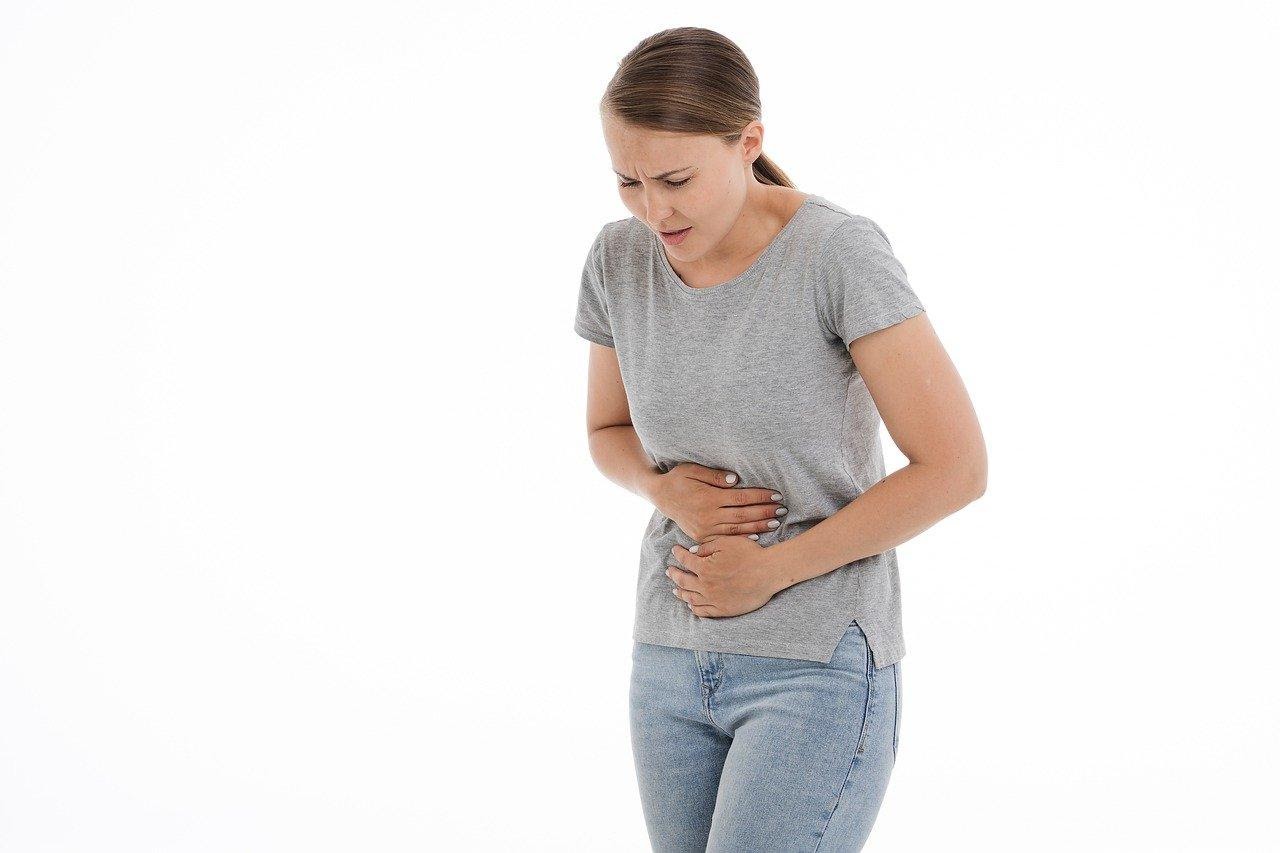

5 SYMPTOMS THAT CONFIRM THE PRESENCE OF OVARIAN CYST

Your ovaries are part of the reproductive system. Upon further research, you might come to realize that they are on the lower abdomen area, on both sides of the uterus.
At times, you might notice a stinging abdominal pain and discomfort around the ovaries. The reason can be due to contacting ovarian cysts.
Now you might wonder, what exactly are ovarian cysts? They are fluid-filled sacs on either ovaries' surface. A woman can face ovarian cysts at least once in her lifetime.
Most of the time, ovarian cysts are painless, harmless and can heal without any further treatment. But for others, it can become quite dangerous and fatal.
Types of Ovarian Cysts
Ovarian cysts mostly develop during the menstrual cycle, known as the functional cysts. Now, these are cyst-like structures that produce your progesterone and estrogen hormones as well as release an egg during ovulation.
Now the functional cysts can be of two types, the follicular and the Corpus Luteum cyst. Let us check out more on their functions:
Follicular Cyst:
During your period, an egg grows inside the sac, known as follicle whose location is within ovaries. During the mid-point of your menstruation, the sac breaks open and the egg travels towards the fallopian tube. But at times, the egg does not break out from the follicle and the fluid that stays inside can form the follicular cyst.
Corpus Luteum Cyst:
After the follicle sac releases the egg, it concentrates on releasing estrogen and progesterone for conception purposes. But when fluid accumulates and retains inside the Corpus Luteum leading to the growth of a cyst.
Now there are various other types of ovarian cysts you can keep in mind such as:
Dermoid Cysts:
These cysts are also known as teratomas. Such cysts can contain tissues such as skin, teeth, her, etc.
Cystadenomas:
These cysts occur outside and over the ovaries. Not to forget, cystadenomas cysts are non-cancerous.
"Some ovarian cysts are associated with decreased fertility while others are not. Endometriomas and cysts from polycystic ovarian syndrome may decrease a woman’s ability to get pregnant. However, functional cysts, dermoid cysts, and cystadenomas are not associated with difficulty in getting pregnant unless they are large" - Alana Biggers, MD, MPH.
Risk Factors
Various risk factors are increasing the possibility of an ovarian cyst, such as:
Pregnancy:
There can be cysts that form during your pregnancy. Instead of leaving the follicle sac, they choose to live within the ovary.
Hormonal Imbalance:
At times, you might come across prescription drugs which can help ovulate. Unfortunately, taking fertility drugs for ovulation can end up forming a cyst around your uterus.
Severe Pelvic Infections:
If you notice a thing or two about pelvis aches, it can spread towards the ovaries and cause cysts to appear.
Cyst History:
If you have found a path around removing ovarian cysts once before, there are chances of them growing back again.
"Your cycles come and go, so pain should go away, right? If it doesn’t, go in and have an ultrasound at the very minimum." - Dr. Taraneh Shirazian, a gynecologist at NYU Langone Health.
Signs that are Pointing Out the Presence of an Ovarian Cyst
Now there are various signs and bodily hints that you might come across, stating the presence of an ovarian cyst in your system.
When you notice most of these symptoms, the best clever step would be to visit the doctor as soon as possible to run a routine pelvic examination.
When you come across these 5 symptoms, it might mean that you're in complete need of medical help. Let us find out:
1. You Might Feel Full
uterine fibroids, a benign tumor that originates within the uterus can make your abdomen area feel more complicated and bloated. Not to forget, the cyst is a mass of weight, thereby making us feel hefty near our abdominal region.
If the ache and bloat persist for more than 3 weeks, it's advisable to visit a doctor.
2. You Might Feel Raging Pelvic Pain
The pelvic pain from the cysts is the major hint towards quick diagnosis. Such pain appears and continues to remain on the left and right side of your lower pelvic region.
Workouts, intercourse and running around can spike the ache, notifying you of immediate medical advice.
3. You Might Wish to Urinate Frequently
The ovarian cyst can push against your bladder, urging you to visit the bathroom from time to time. But this isn't because of the need to urinate but from the pressure.
Not to forget, due to a blockage by the cyst it can become steadily uncomfortable to pee. And during this time, a doctor's visit from your end is a must.
4. You Might Feel Constant Leg and Back Ache
As the cyst grows larger, it can push and pressurize the nerves at the back of your pelvis. And a growing ovarian can be difficult for the pelvis region to support.
If the aches continue to worsen, it's best advisable to visit a doctor and learn more about how to operate them.
5. Your Bowel Movements Might Become Painful
As the ovarian cyst takes up space in the abdominal region, it can become slowly laborious for you to defecate without facing an extreme amount of pain.
Additionally, it can also play a vital role in problems regarding stomach or abdominal health and indigestion issues.
Conclusion
Cysts are no casual ailment hence, make sure to contact your doctor and schedule visits frequently. As cysts can be cancerous, make sure to proceed with the diagnosis with caution.
Related blog: 4 Ways Night-shifts can be dangerous for your Menstruation and Ovulation














